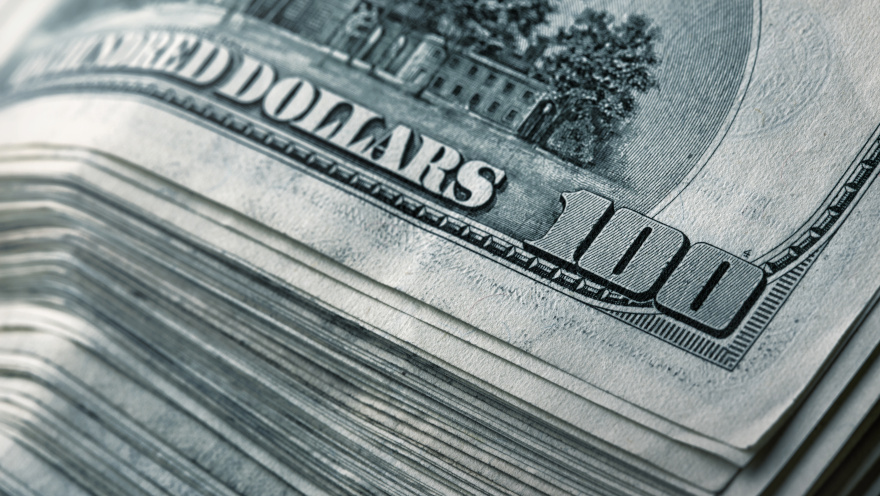Experts & policymakers see banking system on solid ground

By subscribing, you agree to receive communications from Auto Remarketing and our partners in accordance with our Privacy Policy. We may share your information with select partners and sponsors who may contact you about their products and services. You may unsubscribe at any time.
NEW YORK and WASHINGTON, D.C. –
In what’s likely a positive sign for auto-finance companies of all sizes, both the Federal Reserve and S&P Global Ratings offered positive assessments of the current banking system for both national institutions as well as regional firms.
According to the newest banking systems conditions report from the Fed posted in April, policymakers said, “The benefits of a resilient banking system have been evident throughout the COVID event. Banks have been able to take in consumer savings, grant loan modification requests, and fund corporate borrowers via credit lines and bond issuance.
“Financial institutions’ strong capital and liquidity positions have enabled the banking system to support the recovery of the U.S. economy,” the Fed continued in the report.
Beyond funds and liquidity, Fed officials mentioned another important element that’s boosting banking success in the past year.
“Many banks had invested in technology to improve their capacity to process digital transactions prior to the COVID event. This investment enabled banks to continue to provide banking services and work with their customers in a remote environment,” the Fed said.
“Cybersecurity risk has been amplified by the COVID event and remains an ongoing supervisory concern. Banks have focused on ensuring their controls are sufficient to mitigate increasing cyber risks,” the Fed added.
Subscribe to Auto Remarketing to stay informed and stay ahead.
By subscribing, you agree to receive communications from Auto Remarketing and our partners in accordance with our Privacy Policy. We may share your information with select partners and sponsors who may contact you about their products and services. You may unsubscribe at any time.
And on Monday, S&P Global Ratings elaborated about many of the points the Fed raised, explaining how banks have navigated challenges for the benefit of their consumer and commercial clients.
“In our assessment, U.S. banking industry risk — an important component in our bank ratings — has turned more favorable because of the improving bank regulatory track record reflecting more stringent bank regulation, the good financial performance of the banking system prior to and during the pandemic, and strengthened funding,” analysts said in a news release.
“In our assessment, economic risks facing U.S. regional banks due to COVID-19 have receded, even though charge-offs may not materialize until the latter part of 2021 or later,” they continued.
“We also think U.S. banking industry risk has turned more favorable because of the improving bank regulatory track record, good financial performance over the past decade, and strengthened funding — although many of these factors have benefited larger banks more than regional banks,” S&P Global Ratings went on to say.
S&P Global Ratings also mentioned the U.S. is recovering faster than most advanced economies with the banking sector leading the way fuel in part of multiple rounds of federal government moves.
“On top of that, the balance sheets of U.S. banks in many respects look as strong as they have in years, buttressed by the U.S. government’s extraordinary fiscal and monetary actions,” analysts said. “While these actions have added significant debt to the government’s balance sheet, perhaps somewhat weakening resilience to future shocks, they have resulted in strong deposit inflows and helped limit credit risk in the economy.
“Regional bank earnings have been hurt by low-interest rates and tepid loan growth, although lower (or negative) credit provisions have provided some offset,” analysts continued, noting that more relevant from a credit perspective, regional bank balance sheets remain strong also because of decisions by federal policymakers.
“These actions helped limit asset quality deterioration despite pandemic-related stresses and resulted in strong deposit inflows and elevated liquidity, albeit to a lesser extent than for the largest U.S. banks,” S&P Global Ratings went on to say.


